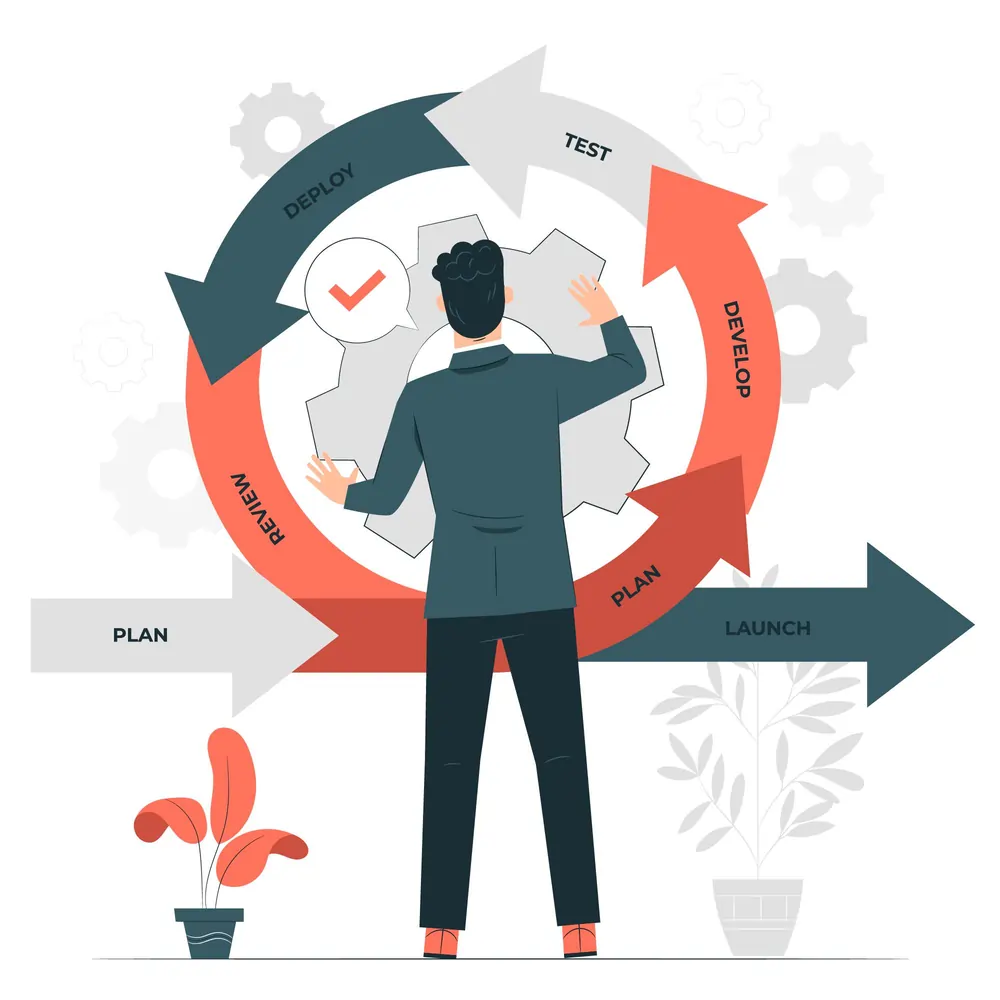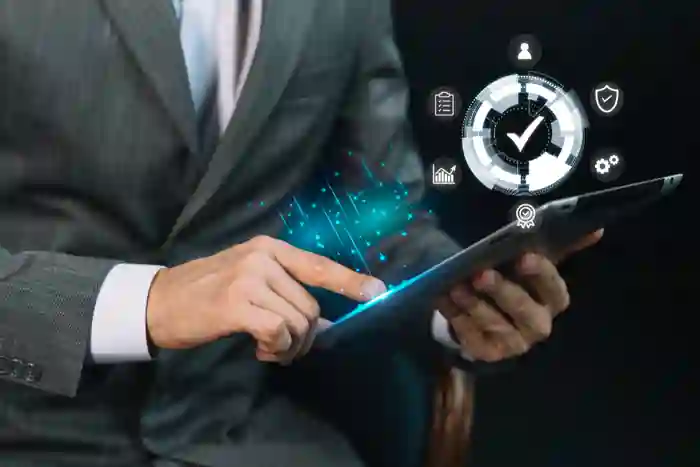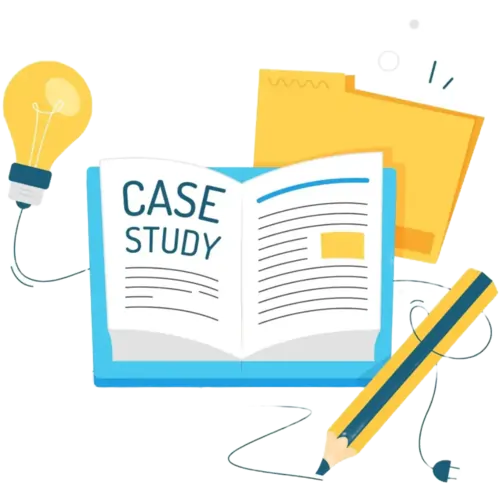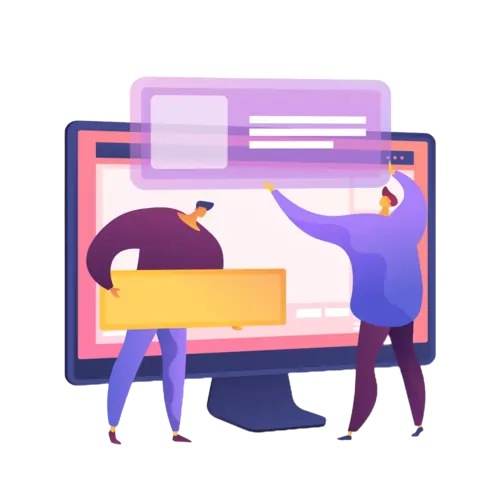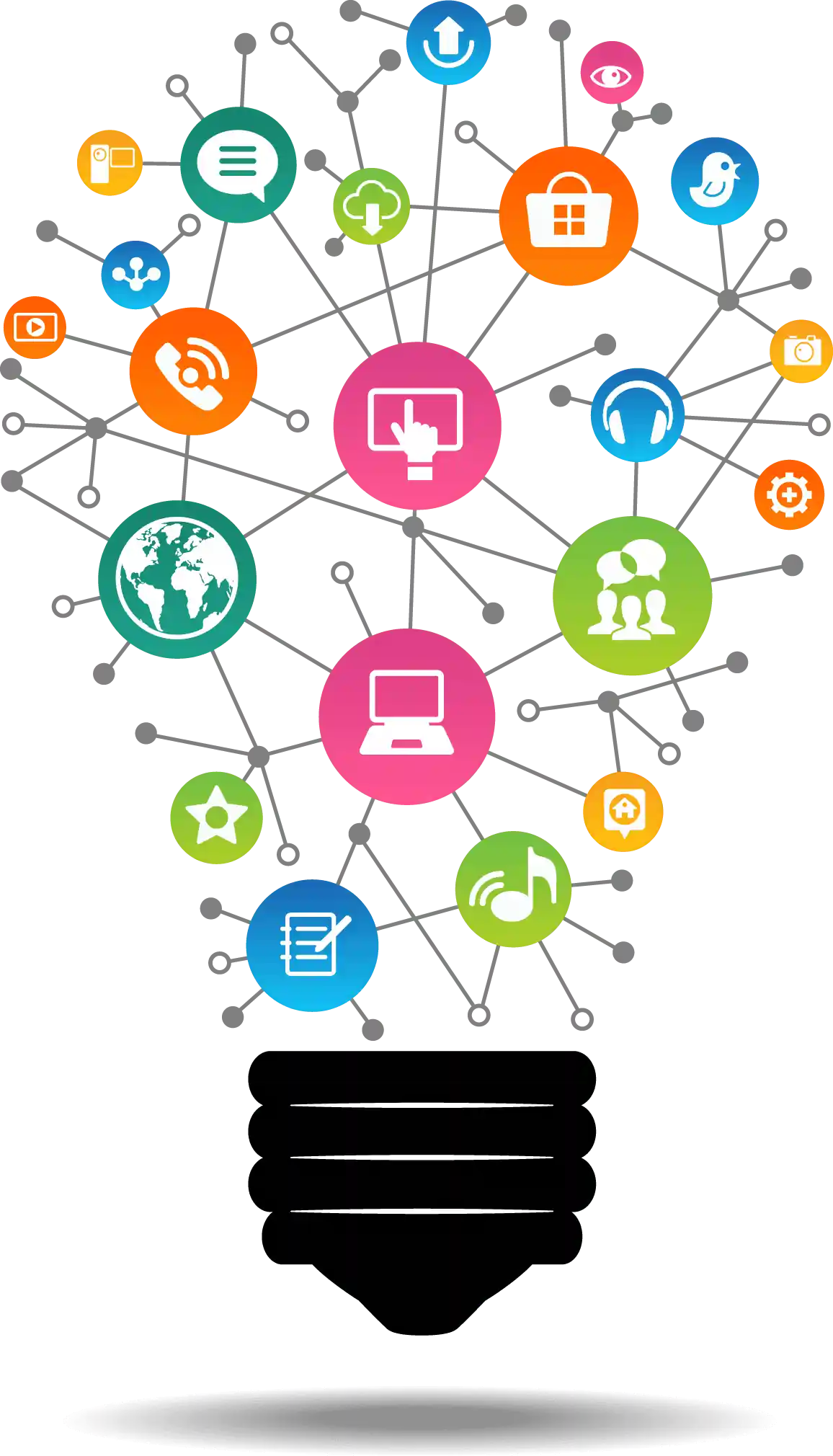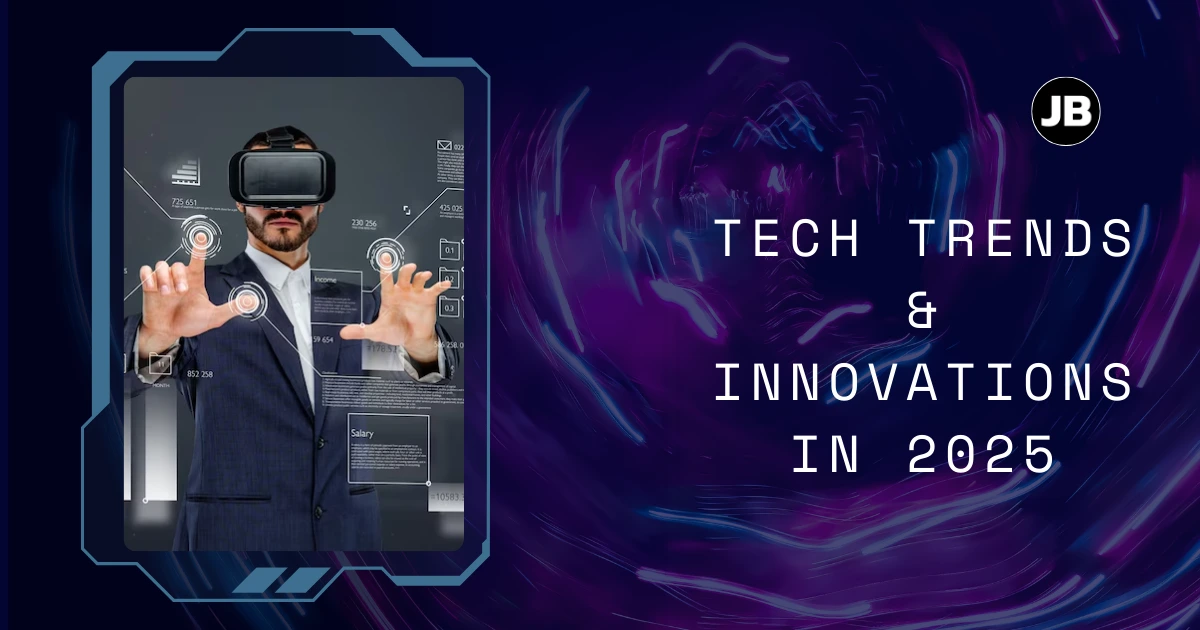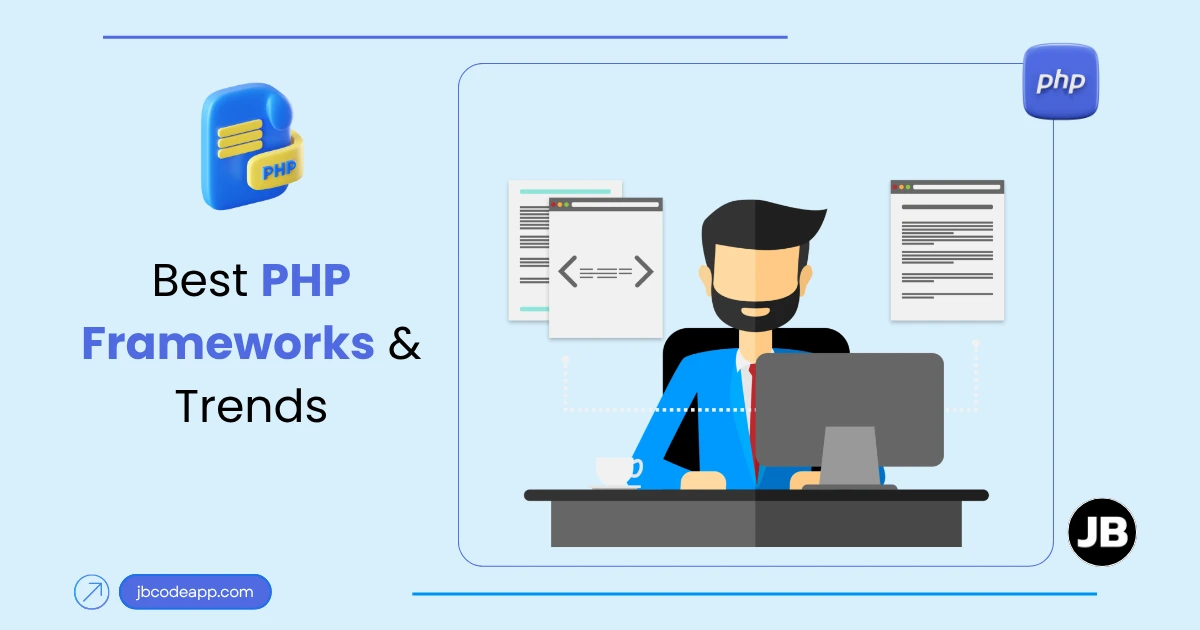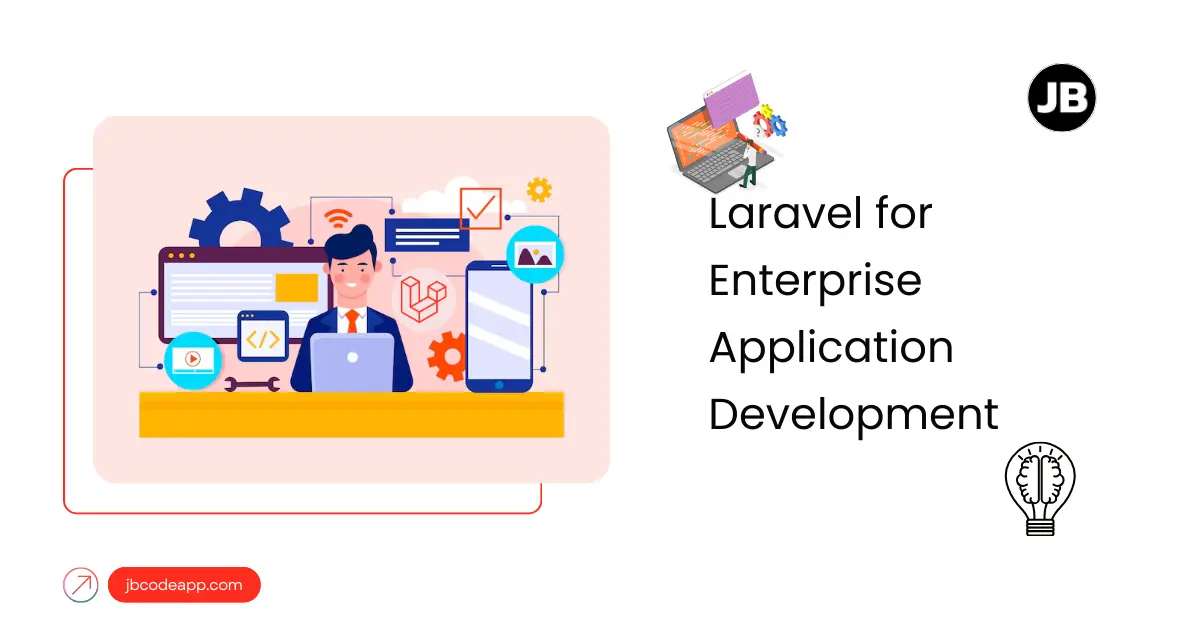How IoT is Shaping Our Connected World and Future
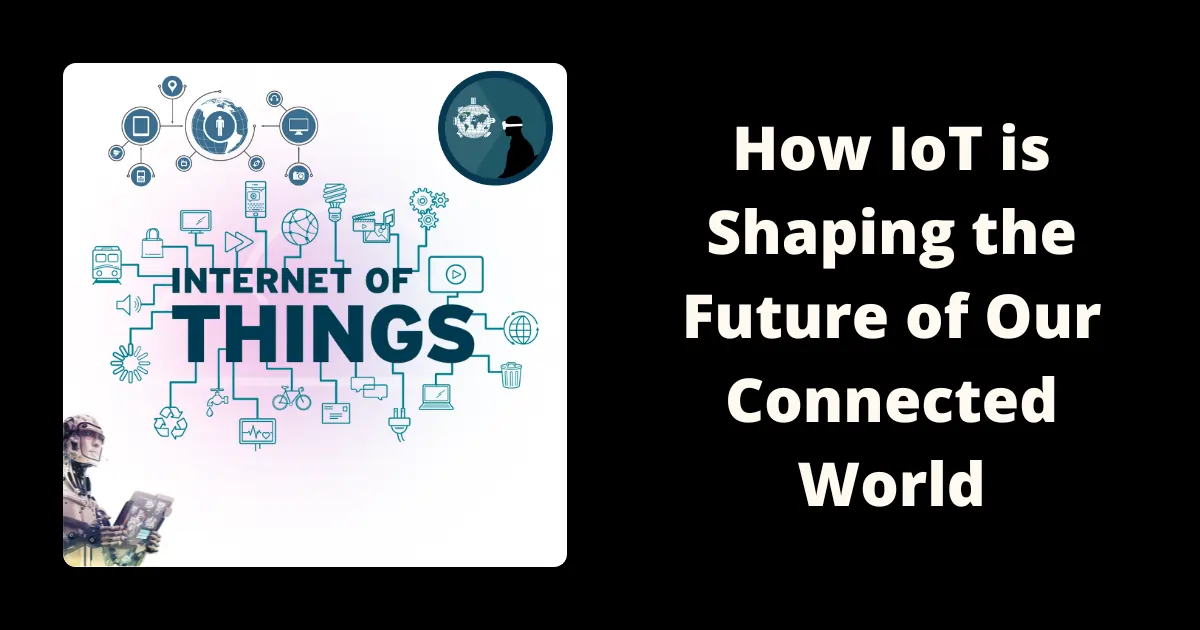
Overview
Introduction
The Internet of Things (IoT) is revolutionizing how we interact with technology, making our world more connected than ever. From smart homes to connected devices, IoT is shaping industries, improving efficiency, and enhancing daily life. But where is this technology headed?
In this blog, we explore how IoT applications are transforming our world, the biggest IoT trends for 2025, and what the future holds for this industry.
Discover how IoT is transforming the world and shaping our future!
What is IoT and Why is It So Important in Our Lives?
The Internet of Things (IoT) refers to a network of connected devices that communicate and exchange data through the internet. These smart devices include everyday gadgets like home assistants (Alexa, Google Nest), smartwatches, and even industrial machines that track and optimize production.
IoT is revolutionizing industries, creating smarter cities, and enhancing personal convenience. By allowing devices to gather, analyze, and respond to data in real-time, IoT helps businesses and individuals make better decisions, improve efficiency, and automate repetitive tasks. From smart homes to healthcare, IoT is shaping the future of our connected world.
Why is IoT Important?
- Automation: IoT enables devices to work seamlessly without human intervention, reducing manual labor. Automated lighting, thermostats, and voice assistants make daily tasks more effortless.
- Efficiency: Businesses use IoT to optimize supply chains, reduce energy consumption, and monitor operations remotely. This results in lower costs and increased productivity.
- Convenience: IoT brings comfort to homes and businesses through smart devices like voice-controlled assistants, automated security systems, and AI-driven customer service chatbots.
- Data Insights: IoT collects massive amounts of data, helping businesses and individuals make informed decisions. Real-time data analytics improve forecasting, troubleshooting, and operational efficiency.
Top IoT Applications Transforming Our Lives
1. Smart Homes – The Future of Living
Smart home technology is among the most impactful IoT applications. Devices like smart thermostats, security cameras, smart lighting, and connected appliances create a seamless and energy-efficient home environment.
- Security Enhancements: IoT-enabled cameras and motion sensors provide real-time monitoring and alerts.
- Energy Management: Smart thermostats adjust temperature settings based on occupancy, reducing energy waste.
- Voice-Activated Assistance: AI-powered assistants like Amazon Alexa and Google Assistant integrate with smart homes for hands-free control.
2. Healthcare & Wearables – A Smarter Way to Monitor Health
IoT is transforming the healthcare industry with real-time patient monitoring, wearables, and automated medical alerts.
- Wearable Health Devices: Smartwatches track heart rate, blood pressure, and sleep patterns, helping users stay informed about their health.
- Remote Patient Monitoring: IoT-powered sensors allow doctors to monitor patients’ vitals remotely, reducing hospital visits.
- Medication Management: Smart pill dispensers remind patients when to take their medication, ensuring adherence to prescriptions.
3. Smart Cities – IoT for Better Urban Living
Cities worldwide are integrating IoT to enhance infrastructure, improve transportation, and optimize energy usage.
- Traffic Management: Smart traffic lights and real-time tracking apps help reduce congestion and enhance road safety.
- Energy Efficiency: IoT-powered smart grids optimize energy distribution, reducing waste and lowering electricity costs.
- Waste Management: Smart bins with IoT sensors notify waste collection services when they need to be emptied, improving urban cleanliness.
4. Industrial IoT (IIoT) – Transforming Factories
Industries are using IoT to enhance efficiency, reduce downtime, and improve manufacturing processes.
- Predictive Maintenance: Sensors detect potential equipment failures before they happen, minimizing downtime and costly repairs.
- Automated Monitoring: IoT-powered cameras and robots oversee production lines, reducing human errors and improving accuracy.
- Supply Chain Optimization: Real-time shipment tracking ensures products move efficiently across supply chains.
5. Smart Agriculture – IoT in Farming
IoT is revolutionizing agriculture, making farming more sustainable and efficient.
- Soil Monitoring: IoT sensors analyze soil health, helping farmers optimize irrigation and fertilization.
- Climate Control: Automated greenhouses adjust temperature and humidity for optimal crop growth.
- Livestock Monitoring: Wearable sensors track animal health, preventing disease outbreaks and ensuring better livestock management.

Top IoT Trends in 2025 and Beyond
As we move into the future, the Internet of Things (IoT) is becoming smarter, faster, and more secure. Connected devices are transforming the way we live and work, making everyday tasks easier and businesses more efficient. Here are the biggest IoT trends shaping 2025 and beyond.
1. AI + IoT = Smarter Technology
The combination of Artificial Intelligence (AI) and IoT—also known as AIoT—will make IoT applications even more intelligent. AI-powered connected devices can analyze vast amounts of data in real time, improving automation and decision-making.
- Example: Smart home assistants like Alexa will learn user preferences and automatically adjust settings.
2. 5G and Faster Connectivity
The arrival of 5G technology will take IoT applications to the next level by enabling faster data transfers and lower latency. With more connected devices than ever, 5G will improve the speed and reliability of smart technology.
- Example: Self-driving cars will use real-time data to navigate roads more safely.
3. Edge Computing for Real-Time Processing
Instead of sending data to cloud servers, edge computing processes information closer to the device. This results in:
-
Faster response times
-
Improved security by reducing data exposure
-
Lower bandwidth costs for businesses
-
Example: Smart security cameras can detect intruders instantly and send alerts without relying on cloud processing.
4. IoT Security Enhancements
As the IoT industry grows, security is becoming a bigger priority. Cybercriminals are constantly looking for vulnerabilities in connected devices, so IoT security is evolving to stay ahead.
- AI-Based Threat Detection: AI will identify and stop cyber threats before they happen.
- Blockchain for IoT: Blockchain technology will make data transactions more secure.
- Biometric Authentication: Devices will use fingerprint scanning and facial recognition for extra security.
5. Smart Homes Will Become Smarter
The smart home revolution is just beginning. In the future, IoT applications will allow all devices to work together seamlessly.
- Example: A smart home system will adjust lighting, temperature, and security based on your schedule without needing manual input.

Experience the smart revolution with IoT!
IoT enhances convenience, security, and efficiency.
Contact UsWhat is the Future of IoT?
Does IoT Have a Future?
Absolutely! The Internet of Things (IoT) is growing at an incredible pace. Experts predict that by 2030, there will be over 50 billion connected devices, impacting homes, businesses, healthcare, and industries worldwide.
What is the Future of IoT in 2025?
By 2025, we can expect:
- More energy-efficient devices – Smart technology will use less power, making IoT eco-friendly.
- Highly secure networks – Encryption and AI-driven protection will make IoT security stronger.
- Deeper AI integration – AIoT will enable more automated and predictive IoT applications.
What is the Future of IoT in 2030?
By 2030, IoT will be deeply integrated into our daily lives:
- Self-driving cars will be common, using connected devices to communicate with traffic systems.
- Smart cities will use IoT applications for efficient energy management, waste control, and public safety.
- Healthcare monitoring will be fully automated, with real-time patient tracking reducing hospital visits.
IoT is changing the world are you ready?
Request Info
What is the Next Big Thing in IoT?
The IoT industry is evolving quickly. Here are some game-changing innovations:
- Self-Healing IoT Networks – Devices will detect and fix issues before they fail.
- Quantum IoT Computing – Future computers will process massive IoT data at lightning speed.
- AIoT (AI + IoT) – AI-powered automation will transform industries, from retail to agriculture.
The Future of IoT Security: Trends and Predictions
As the connected world grows, IoT security remains a top concern. Businesses and users need protection from cyber threats. Here’s how security is improving:
- AI-Based Threat Detection – AI will analyze device behavior to detect security breaches early.
- Blockchain for IoT – Blockchain will enhance data integrity and prevent tampering.
- Biometric Authentication – Fingerprint and face recognition will make smart devices more secure.
Conclusion
The Internet of Things (IoT) is revolutionizing the way we live and work. With billions of connected devices, industries are adopting smart technology to improve efficiency, security, and convenience.
As we approach 2025 and beyond, IoT applications will become even more advanced. With AI-powered automation, 5G connectivity, and improved IoT security, the future of IoT technology is brighter than ever.
Let's build a smarter future with IoT solutions!
Frequently Asked Questions
1. Does IoT have a future?
Yes! IoT is expanding into every industry, making technology more connected and efficient.
2. What is the future of IoT in 2030?
By 2030, IoT will be integrated into daily life, from smart cities to self-driving cars and automated homes.
3. What is the future of IoT in 2025?
In 2025, IoT will be smarter, faster, and more secure, with AI-driven automation and 5G connectivity.
4. What is the next big thing in IoT?
Self-healing networks, quantum computing, and AI-powered automation will be the next major breakthroughs in IoT.
5. How will IoT impact businesses?
IoT will improve efficiency, reduce costs, and create new business opportunities by automating processes and analyzing real-time data.

